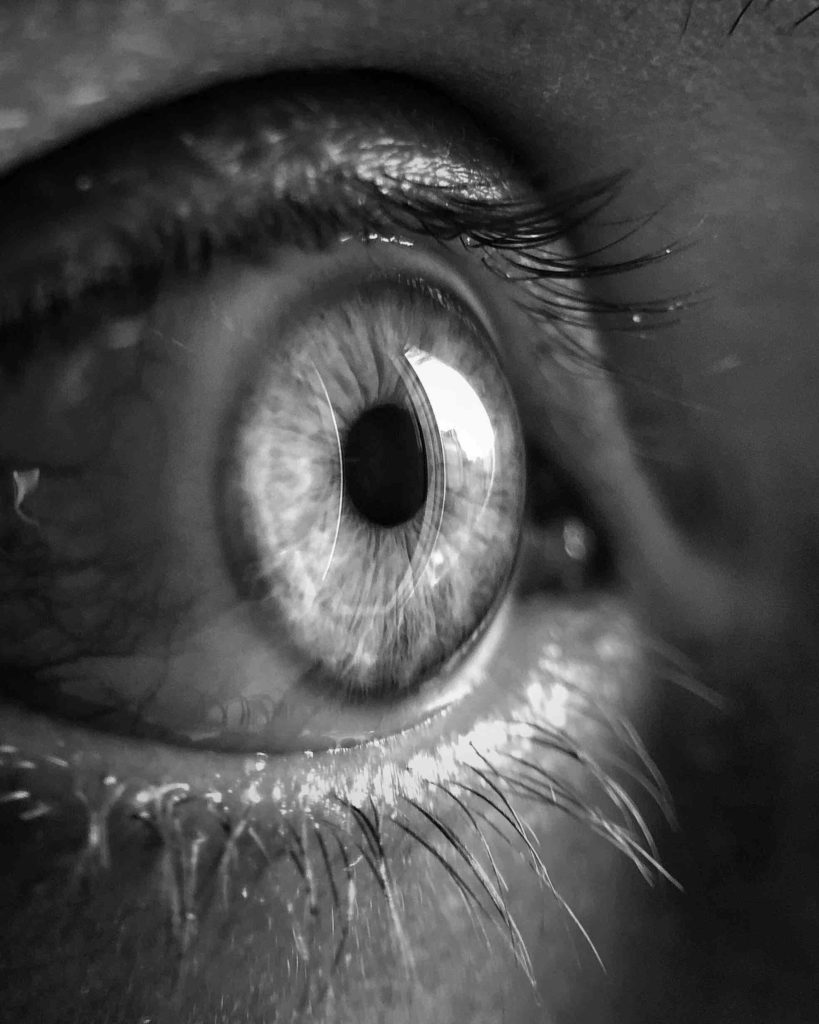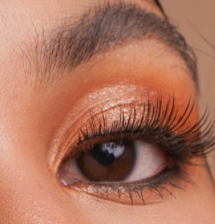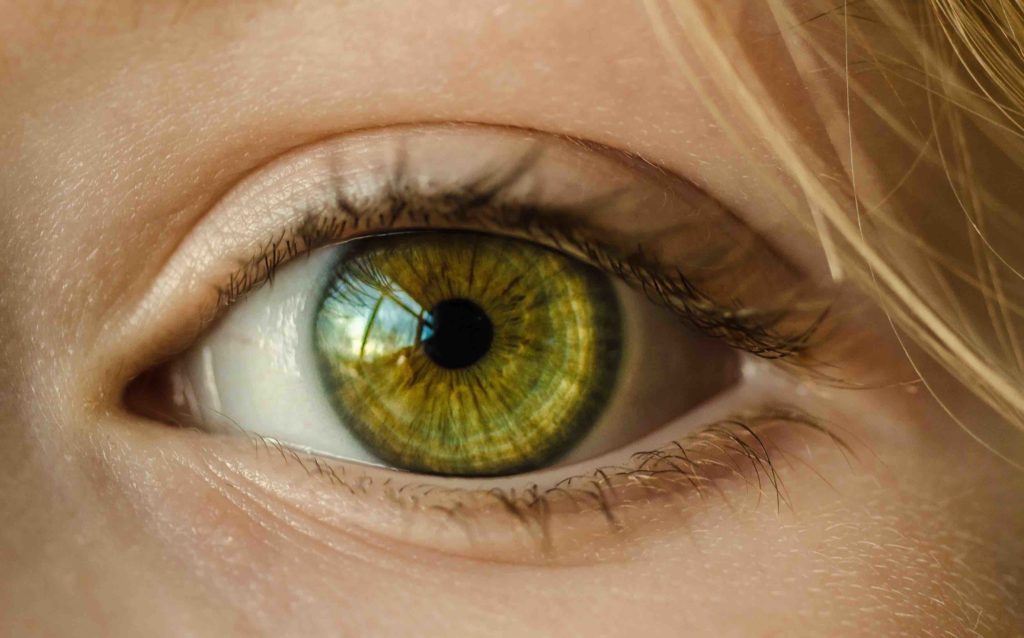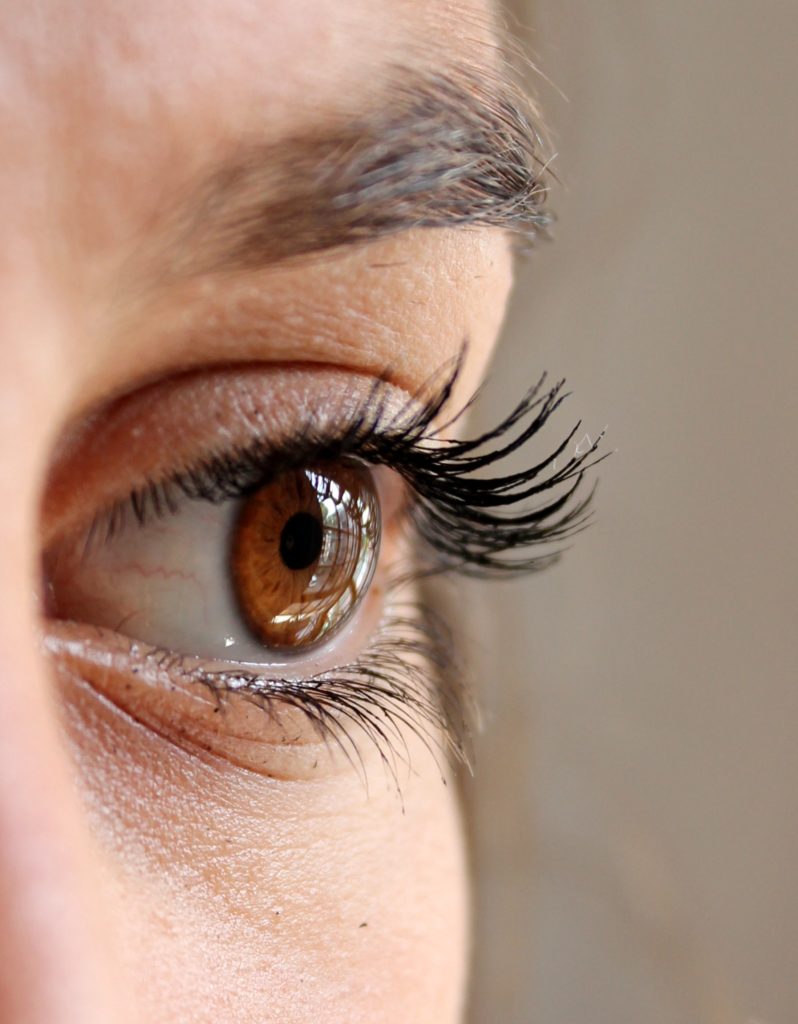Common Conditions of the Cornea
Your Corneas are Important
The cornea is a transparent sheath that covers the front surface of the eye. When looking from the side, it is the clear part at the front of the eye that bulges out. It is often compared to a window, because light must pass through the cornea in order to enter the eye.
The cornea is a covering layer, therefore it serves as protection for the rest of the eye against foreign materials. The cornea also plays a role in vision. Light rays travel through the cornea first, and eventually reach the retina at the back of the eye. The retina then sends signals to the brain, which interprets those signals and allows us to see. If any part of this pathway if not working correctly, vision will be affected. If the cornea does not bend the light appropriately, vision may be blurred.

The cornea has five layers:
1) Epithelium: the outermost layer of the cornea, which serves as a boundary against infection and foreign materials such as dust and water.
2) Bowman’s layer: a transparent layer made up of strong collagen fibers.
3) Stroma: a collagen layer that comprises the majority of the cornea.
4) Descemet’s membrane: a thin layer of tissue that protects the eye from infection and holds the endothelium in place.
5) Endothelium: the thin, innermost layer of the cornea. It is made up of cells (endothelial cells) that are responsible for pumping water out of the cornea.

The information contained within these pages is intended for informational purposes only and does not take the place of consulting a physician.
Created by and for New York Cornea, with offices at Columbia University Medical Center and in Scarsdale, New York.
Caring for your corneas since 1988





